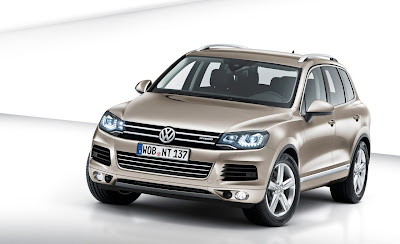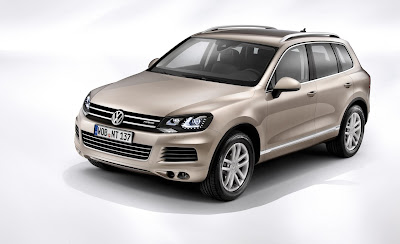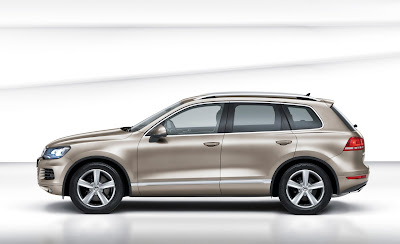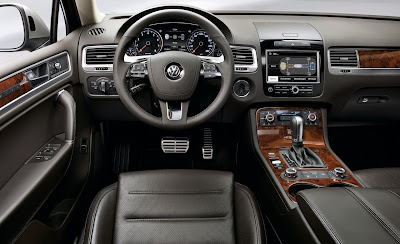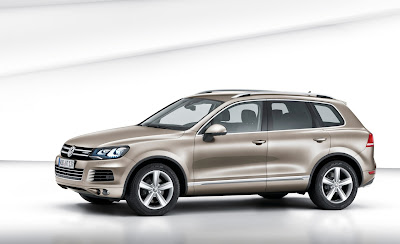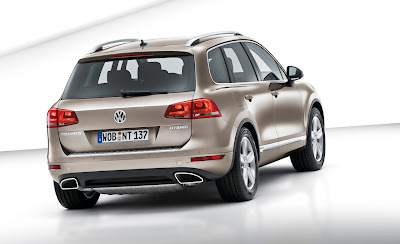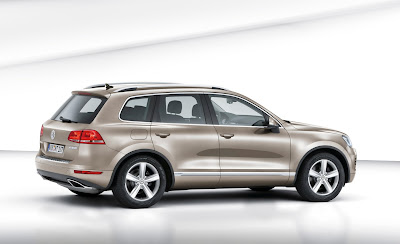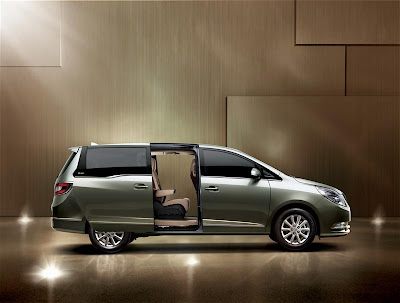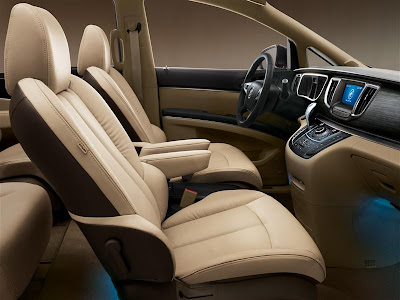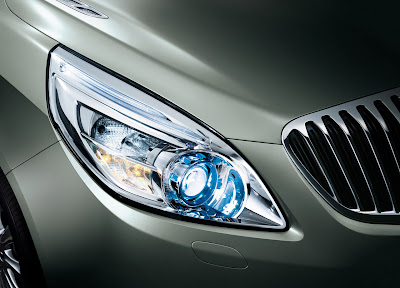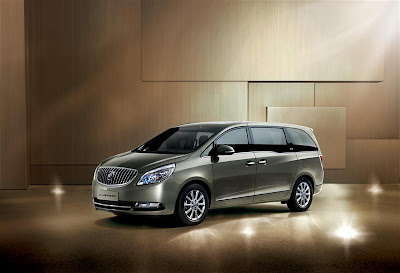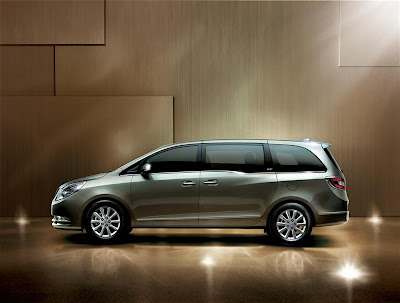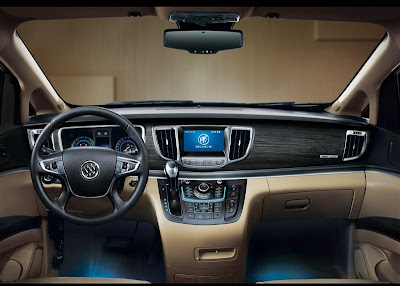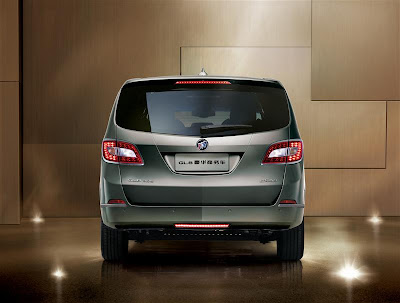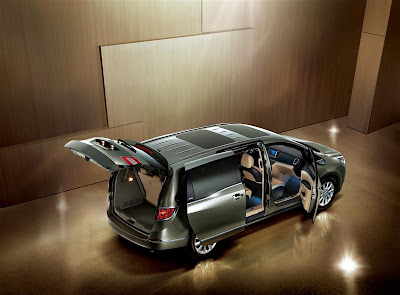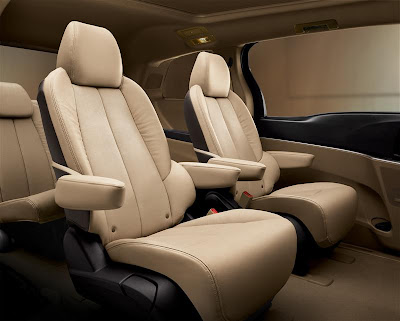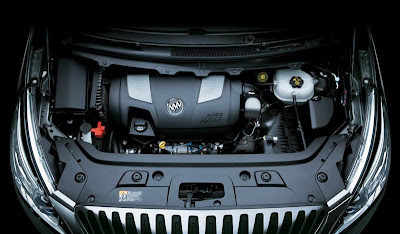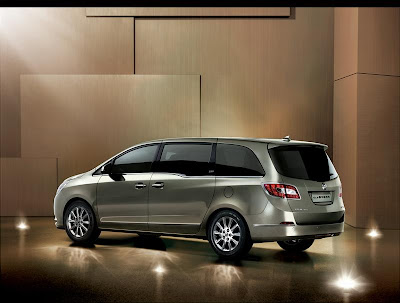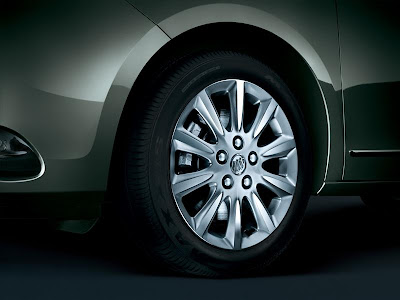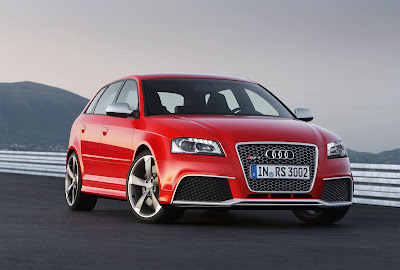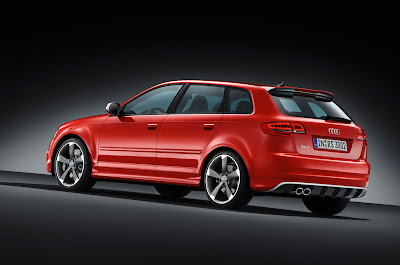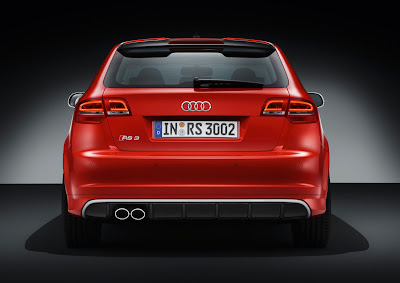
Proton Satria Neo is all about energy, style and excitement With a sleek design and an impressive CamPro 16v engine, the car with superb ride, handling with high speed stability, great manoeuvrability and superior control. Customers in the market for a stylish, fun and exciting drive which is also practical and affordable, need look no further than the Satria Neo.
The Satria Neo – a Proton is for people who believes that driving should be fun and that every one of its cars should deliver superb ride and handling. Progressive technology is evident across the range – not just in performance but in safety measures and standard equipment. The Proton Satria Neo continues this tradition of offering everything motorists have come to expect from a Proton – and more.
The Satria Neo highlights Proton Cars’ commitment to delivering a value-added product to customers. This is a car that enjoys Proton’s rock solid reliability and the magical Lotus (Proton’s sister company) touch – a 3-door supermini with superb design, ride and handling.
When the design team at Proton first conceived the Proton Satria Neo, the aim was to create an elegant and sophisticated 3-door hatchback that retained the strong elements that made the original Satria so popular and successful. From the original brief developed with Lotus, the initial concepts, renderings, clay models and external surfaces were developed at the Lotus Design Centre based at Hethel in Norfolk. Following this, the feasibility design for BIW, trim, chassis, electrical and vehicle development planning was also completed in the UK. The detailed design through to production build was completed by Lotus Engineering working alongside Proton engineers at the new state-of-the-art Tanjung Malim Plant at Proton City in Malaysia. It is bold, stylish and desirable, with a sculpted front hood, stylish front grille, detailed front and rear bumpers, sporty „tiger-eye’ projector headlamps and its sweeping silhouette all adding to a graceful, feline impression.

The Proton Satria Neo features a centrally mounted 45-litre fuel tank beneath the floor which offers excellent protection in the event of an accident and also improving both passenger and load space, with a luggage area volume of 286 litres (0.286 cu m) with the rear seats up and a volume of 615 litres (0.615 cu m) with the seats down. The Proton Satria Neo has a brand new platform, which has been designed to the same dimensions as the original Satria GTi, to give extra space inside and improved vehicle dynamics. In addition, the front and rear track have been extended to 1470mm. The length of the vehicle is now 3905mm with a wheelbase of 2440mm and width and height of 1710mm and 1420mm respectively.
The modern, minimalist interior of the Proton Satria Neo takes its cue from Lotus. A clean, and contemporary layout creates a sporty, sophisticated feel, while the spacious cabin environment provides maximum comfort to enhance the entire driving experience.
The Satria Neo’s dashboard fascia has its roots in the GEN-2 scheme but has added finishing touches including soothing amber and blue display and a new tempest grey interior colour scheme. The blue dials ensure that the display is clear but non-intrusive and does not distract the driver, particularly at night. All GSX models have an instrument panel dimmer so drivers can select their own brightness settings. All the important information is clearly laid out so drivers need only take their eyes from the road momentarily to
get key information. The centrally located digital trip computer incorporates distance to refuelling, journey length and average fuel consumption. All major warning indicators are easily located, including the seatbelt warning and door ajar warning lights.
The materials chosen for the upper dashboard were selected for their low reflectivity, to reduce the glare from the road. The lower materials have been chosen for their durability. There are fabric inserts in the door panels and the A, B and C pillars are covered with a grain plastic.

Body hugging bucket seats in the front give the driver and the passenger better grip and a fully secured driving feel. The driver’s seat is height, tilt and slide adjustable for optimum comfort and the passenger seat has a memory function which automatically puts it back to its original position after being moved forward to allow access for rear passengers.The 60:40 split folding rear seats provide a versatile load area in the rear of the car with no need to remove the headrests before folding them flat against the front seats to create a large load area for extra luggage, suitcases, shopping etc. With the rear seats up, the storage space in the boot totals 286 litres (0.286 cu m) and with the seats down this increases to 615 litres (0.615 cu m).
The Proton Satria Neo aims for superior NVH characteristics which make the driving experience comfortable for occupants without eliminating the sporty engine noise. The design of the exterior is low, sporty and road-hugging. When combined with the sleek aerodynamic profile, the Proton Satria Neo delivers low wind resistance, good high speed manoeuvrability, vehicle stability and control. The exhaust system is tuned to reduce unwanted internal noise and vibration whilst maintaining a “sporty” sound. In addition, Powertrain mountings were modified from the existing four point to three point Neutral Torque Axis system to give improved passenger NVH. The developments have given a result of 72dBA at a cruising speed, which puts the Satria Neo at similar levels to the competition.
Stylish and contemporary, the one piece integrated rear combination lamp ensures maximum brightness and a sporty look. A multi-focal inner reflector boosts rear visibility and enhances safety while driving and an amber inner filter is integrated with turn signal reflector. All Satria Neo models have halogen headlamps with semi-automatic levelling as standard.

The Proton Satria Neo has a redesigned three spoke steering wheel with volume and mute controls for the radio/CD player on the left hand side and skip, search and mode controls on the right. The steering wheel has been positioned at a new angle which has increased driver legroom to 930mm from the hip pivot point. The steering wheel is also height adjustable for added convenience.
There are ample storage compartments around the cabin including a front glove box, side pockets in the front doors, rear map pockets in the front seats and two conveniently located double cup holders behind the handbrake. There are two small compartments located to the left and right of the audio system which can be used for holding wallets, purses, MP3 players etc.
In-car entertainment comes in the form of a stylish unit which complements the sporty look and feel. Each Proton Satria Neo variant is fitted with a Blaupunkt radio with RDS and CD player compatible with both CDRW and MP3 CDs, in addition to standard CD formats. This integrated unit is only compatible with the Proton Satria Neo so cannot be stolen and used in another vehicle.
Additional practical considerations are in abundance. The Proton Satria Neo is equipped with centrally located and illuminated power window switches, side mirror adjusters, centre mounted clock, sun visor with vanity mirror on passenger and driver side which also incorporates a ticket holder, front and rear door side armrests and a 12V power socket.
The Proton Satria Neo is available with a 1.6 litre 16v Lotus developed CamPro engine, with a choice of a 5-speed manual transmission or a four-speed automatic gearbox. Although it shares the same engine and transmission with the GEN-2, the Satria Neo has a new lower final drive ratio, giving it better low to medium speed acceleration and smooth torque and power delivery.
A key strength that Proton has acquired through their relationship with Lotus is the ability to maximise ride and handling through total integrated body tuning and balancing; this combines to give a fun and exciting drive and translates into the Neo having excellent steering, manoeuvrability, cornering and handling capabilities that can be easily distinguished in terms of cornering speeds and high-speed stability.

Extensive ride and handling development was conducted by Lotus Engineering during all the initial phases of the project, and production vehicles were also tested to ensure that the Lotus chassis dynamics philosophy was incorporated fully in the Proton Satria Neo. Good ride and handling not only makes a car more enjoyable to drive, it also improves safety by giving an accurate and instant response to driver actions. Few cars achieve good levels of both. Usually better handling means less ride comfort and vice versa. The Satria Neo has been designed to optimise both elements.
The wider track and low stance of the Proton Satria Neo plays a large part in the cornering ability of the vehicle, together with the MacPherson strut technology which is tuned for precise steering response and good handling, cornering and lane changing, all with acceptable rolling comfort. Also at the front there are vertically mounted bushes on the lower arm which give high lateral compliance with a softer vertical movement for increased comfort and stability. The front sub-frame has a new cross member design which gives
high rigidity and improved vehicle handling.
To improve the handling still further the Proton Satria Neo has a multi-link system with recalibrated shock absorber damping and spring rates. At the rear the stabiliser bar has been positioned to improve body control and the upper link is designed, through its strength, to give better lateral rigidity.
The foundation of good ride and handling lies in the structural integrity of the car body – the Satria Neo’s strong body shell is designed to be stiff in the correct areas and offer impact absorbance in the crumple zones. This in turn also improves safety by ensuring occupants are both cushioned and protected.

Other Features





















